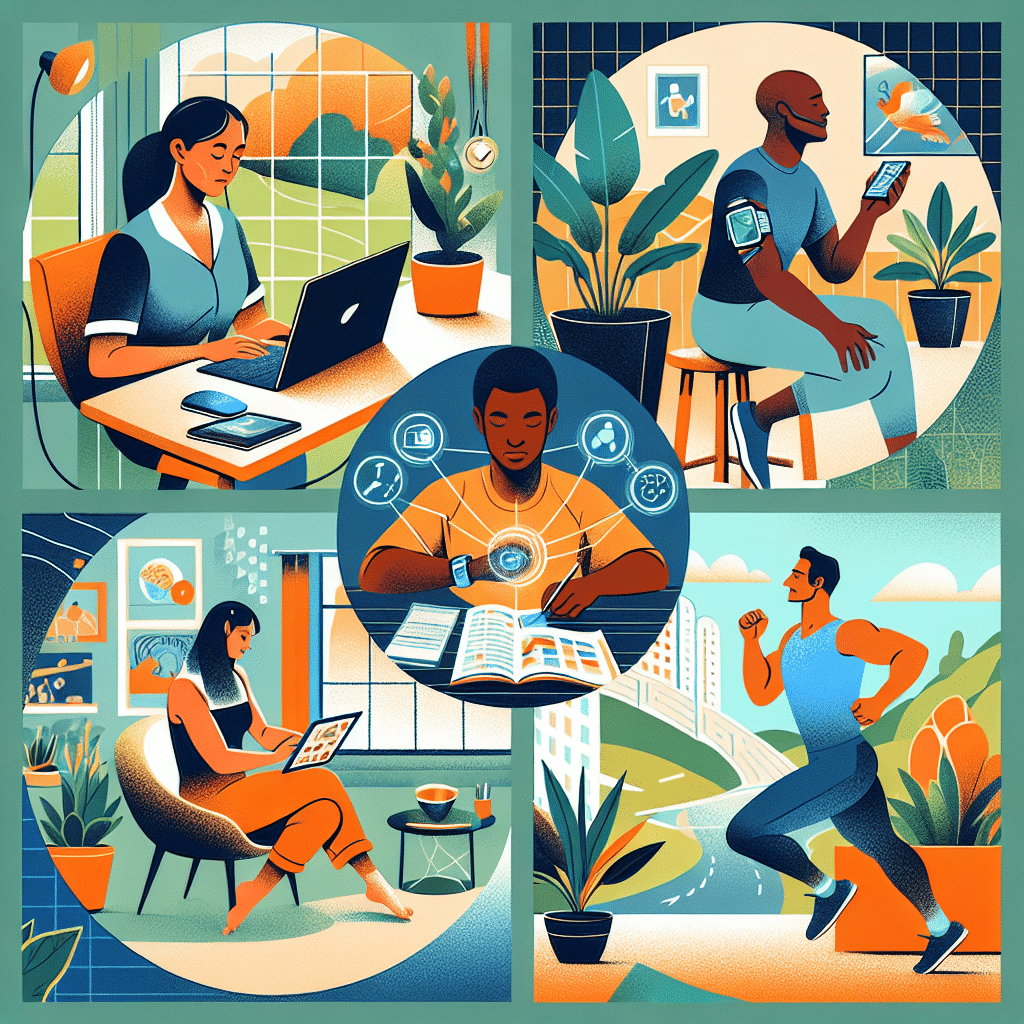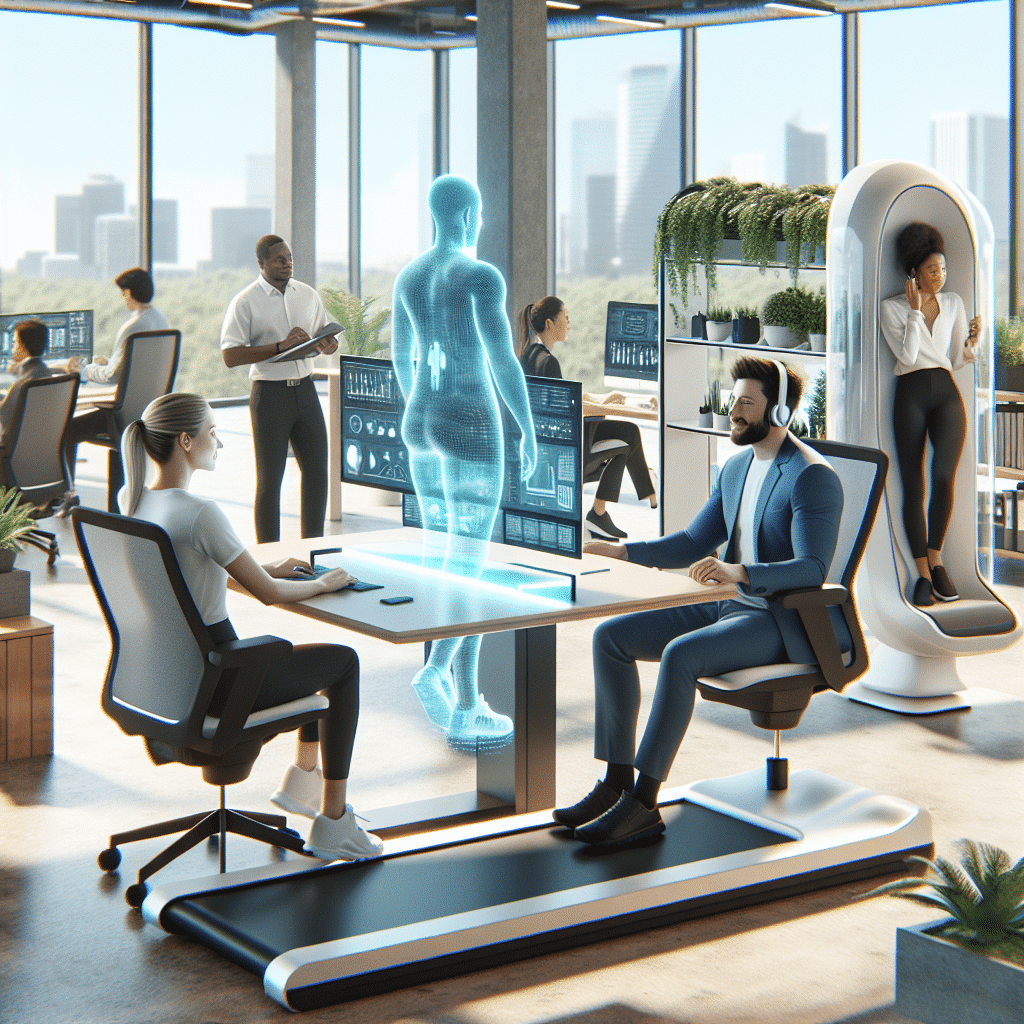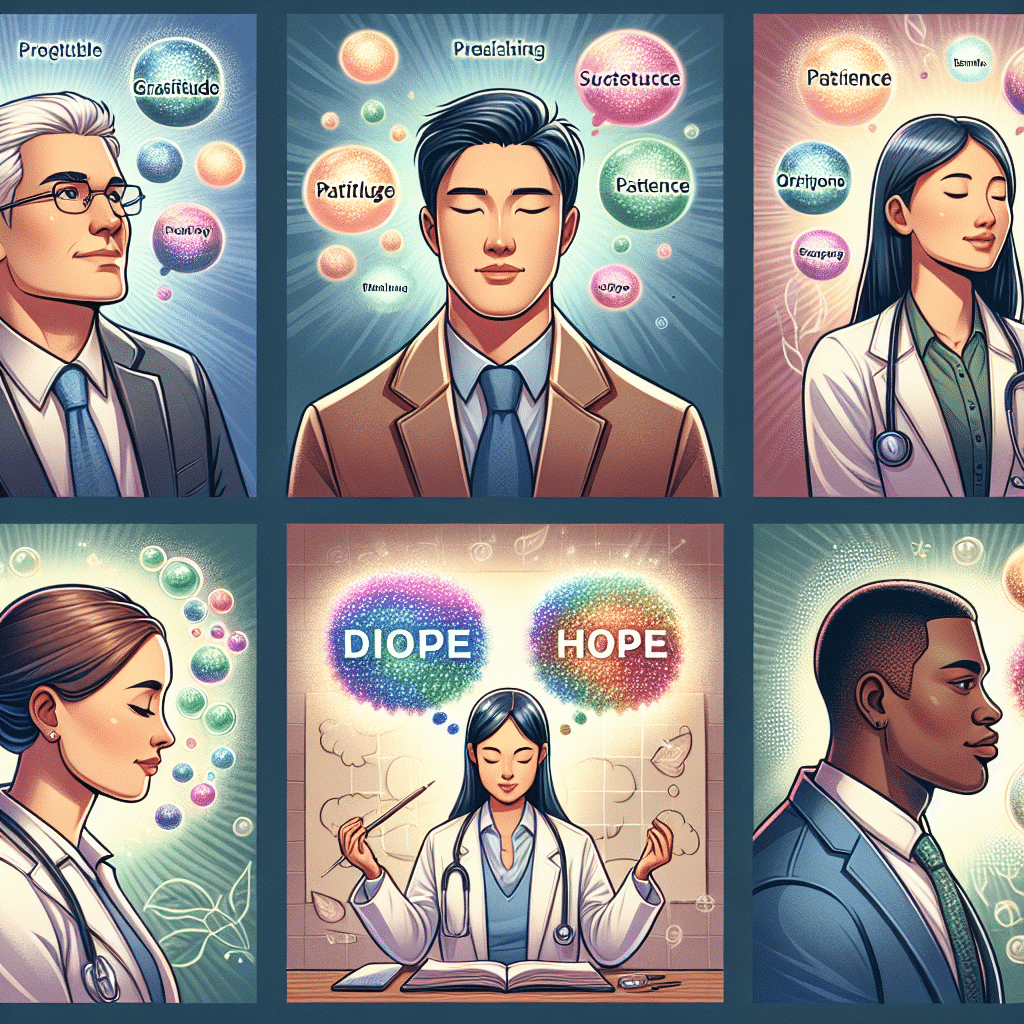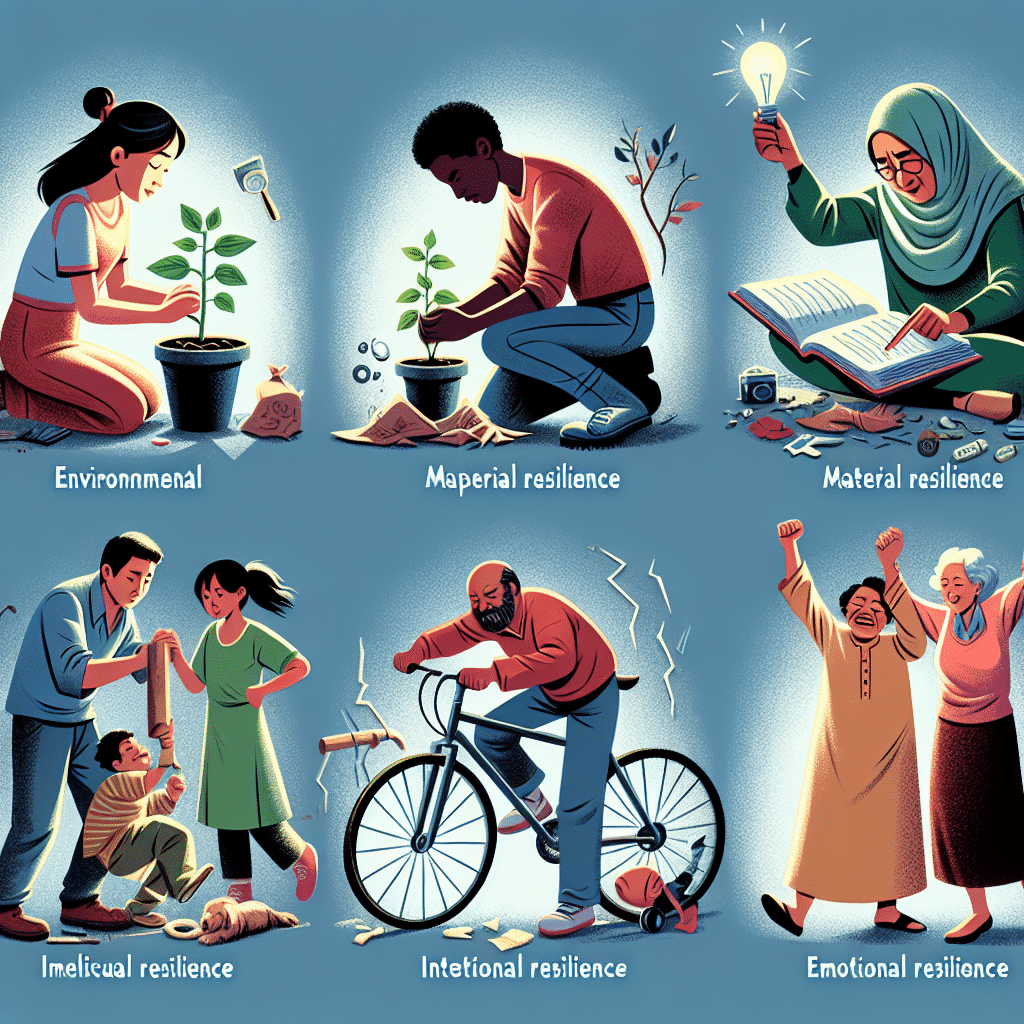
Work-life balance has long been a topic of interest in the workforce, with employees seeking ways to juggle their personal and professional lives effectively. Technological advancements have played a significant role in shaping how individuals achieve this balance. Let’s explore the history of work-life balance and how these advancements have impacted it.
History of work-life balance
In the past, work-life balance was often a challenge for employees due to the lack of flexibility and the tendency for work to spill over into personal time. With the rise of industrialization and the standardization of the workweek, separating work from personal life became increasingly difficult. However, as technology evolved, it began to offer solutions to help individuals better manage their time and prioritize their well-being.
Advancements like email, video conferencing, and project management tools have made it easier for employees to work remotely, collaborate with colleagues across different time zones, and stay connected to their work without being physically present in the office. These technologies have blurred the lines between traditional work hours and personal time, allowing individuals to have more control over when and where they work.
Additionally, the rise of automation and artificial intelligence has helped streamline repetitive tasks, freeing up more time for employees to focus on meaningful work and personal activities. These developments have led to a shift in mindset where work is no longer confined to a specific location or time frame but can be integrated into one’s lifestyle more seamlessly.
Overall, technological advancements have revolutionized how individuals approach work-life balance, offering more flexibility and autonomy in managing their time and priorities.
Benefits of Technological Advancements
Technological advancements have revolutionized the way we work and have greatly contributed to improving work-life balance. One of the key benefits of technological advancements is the flexibility they offer in how, when, and where work can be done. With the rise of remote work and telecommuting options, employees are no longer tied to a physical office space, allowing them to better balance their professional responsibilities with personal commitments.
Communication tools such as email, instant messaging, and video conferencing make it easier for employees to stay connected with colleagues and clients, regardless of their location. This not only enhances collaboration but also enables employees to manage their time more effectively, reducing the need for face-to-face meetings and lengthy commutes.
Another significant benefit of technological advancements is the automation of repetitive tasks and processes. With the help of artificial intelligence and machine learning, employees can now delegate mundane tasks to software and focus on more strategic and creative aspects of their work. This automation not only increases productivity but also frees up time for employees to spend with their families, friends, and pursuing hobbies.
Furthermore, the availability of various productivity tools and apps has made it easier for employees to track their work hours, set reminders for breaks, and prioritize tasks. These tools not only help employees stay organized and focused but also prevent burnout by encouraging regular breaks and time off from work.
In conclusion, technological advancements have played a vital role in promoting work-life balance by offering flexibility, enhancing communication, automating tasks, and providing tools for productivity and time management. By leveraging these advancements, organizations can create a conducive work environment that supports employees in achieving a healthy balance between their professional and personal lives.
Tools and Apps for Work-Life Balance
With the rise of technological advancements, there has been a plethora of tools and apps developed to help individuals achieve a better work-life balance. These tools not only help in managing time more efficiently but also in prioritizing tasks and reducing stress levels. Here are some popular tools and apps that can aid in achieving work-life balance:
1. Time Tracking Apps
Time tracking apps such as Toggl, RescueTime, and Clockify can help individuals keep track of their work hours and identify where they are spending most of their time. By analyzing this data, individuals can make adjustments to their schedule to ensure a better balance between work and personal life.
2. Task Management Tools
Task management tools like Trello, Asana, and Todoist can assist in organizing tasks and setting priorities. By breaking down tasks into smaller, manageable chunks, individuals can stay focused and avoid feeling overwhelmed. These tools also allow for collaboration with colleagues, making it easier to delegate tasks and work efficiently.
3. Communication Platforms
Communication platforms such as Slack, Microsoft Teams, and Zoom have revolutionized the way people work together. These tools enable remote communication, virtual meetings, and real-time collaboration, making it easier for individuals to work from anywhere while staying connected with their team.
4. Meditation and Mindfulness Apps
In today’s fast-paced world, it’s important to take breaks and de-stress. Meditation and mindfulness apps like Headspace, Calm, and Insight Timer can help individuals relax, focus, and improve their overall well-being. By incorporating these practices into their daily routine, individuals can achieve a better work-life balance and reduce burnout.
Overall, technological advancements have provided individuals with the tools and resources needed to achieve a better work-life balance. By utilizing these tools and apps effectively, individuals can prioritize their tasks, manage their time efficiently, and ultimately lead a more fulfilling and balanced life.

Remote work and flexibility
Technological advancements have revolutionized the way we work, allowing for greater flexibility and enabling remote work options. With the rise of digital communication tools, employees no longer have to be confined to a traditional office setting to get work done. This increased flexibility has had a significant impact on work-life balance, allowing employees to better manage their time and priorities.
Increased productivity
Remote work options have been shown to increase productivity levels among employees. Without the distractions of a traditional office environment, employees can focus on their tasks and complete them more efficiently. Additionally, the ability to work from anywhere allows employees to find a work environment that is most conducive to their productivity, whether that be a home office, a co-working space, or a coffee shop.
Improved work-life balance
Remote work and flexible work hours enable employees to better balance their work responsibilities with their personal lives. By eliminating long commutes and allowing for more control over their schedules, employees can spend more time with their families, pursue hobbies, and take care of personal errands. This leads to increased job satisfaction and overall well-being, as employees are able to maintain a healthy work-life balance.
Global talent pool
Remote work also opens up opportunities for companies to tap into a global talent pool. With the ability to work from anywhere, employers can hire the best candidates for the job, regardless of their location. This not only benefits companies by allowing them to access a diverse range of skills and perspectives, but also benefits employees who may not have had access to certain job opportunities due to geographical constraints.
Overall, technological advancements that facilitate remote work and flexibility have had a positive impact on work-life balance. By harnessing the power of digital tools and communication platforms, employees and employers alike can create a more harmonious and fulfilling work environment.
Challenges and Concerns
While technological advancements have undoubtedly improved work-life balance for many individuals, there are also challenges and concerns that come with these advancements. One of the main concerns is the blurring of boundaries between work and personal life. With the ability to work from anywhere at any time, it can be difficult for employees to switch off and truly disconnect from work.
Another challenge is the potential for burnout. With constant access to work emails and messages, employees may feel pressure to always be available and responsive, leading to increased stress and the risk of burnout. It is important for organizations to establish clear boundaries and expectations around work hours and availability to prevent burnout among their employees.
Additionally, there is a concern about the impact of technology on face-to-face interactions and relationships. As more communication takes place digitally, there may be a decline in in-person interactions and relationships, which are essential for overall well-being and work-life balance. It is important for individuals to strike a balance between digital and in-person communication to maintain healthy relationships.
Security and privacy concerns are also significant when it comes to technological advancements in work-life balance. With remote work becoming more common, organizations must ensure that sensitive data and information are secure and protected from cyber threats. Employees also need to be mindful of privacy settings and secure practices when accessing work-related information remotely.
In conclusion, while technological advancements have enhanced work-life balance in many ways, there are also challenges and concerns that must be addressed. It is essential for individuals and organizations to be mindful of these issues and proactively work towards solutions that promote a healthy and sustainable work-life balance in the digital age.

Summary
Technological advancements have revolutionized the way we approach work-life balance, providing us with tools and solutions to better manage our time and responsibilities. From work-from-home capabilities to productivity apps, technology has enabled greater flexibility and efficiency in our personal and professional lives.
While these advancements have undeniable benefits, such as increased autonomy and reduced commute times, there are also challenges to consider, such as the blurring of boundaries between work and personal time. It is crucial for individuals to find a balance that works for them and set boundaries to maintain a healthy separation between work and personal life.
Overall, leveraging technology for work-life balance can lead to improved well-being, productivity, and satisfaction in both our professional and personal lives. It is essential to continuously assess and adjust our usage of technology to ensure that it enhances, rather than hinders, our overall quality of life.






